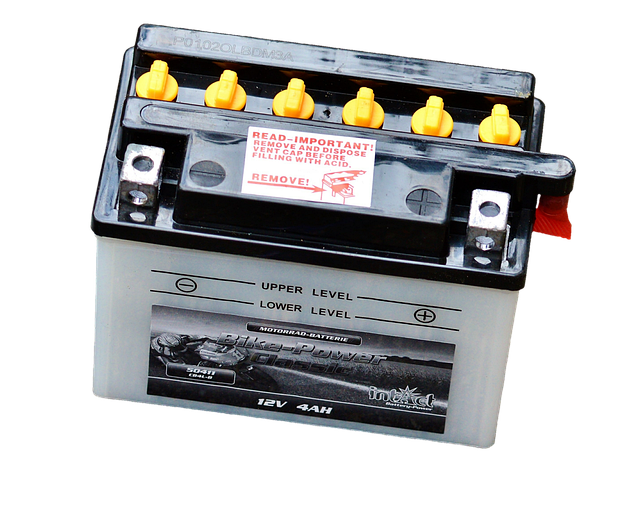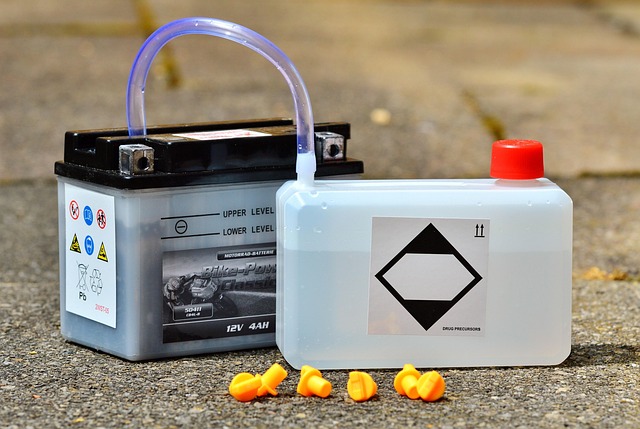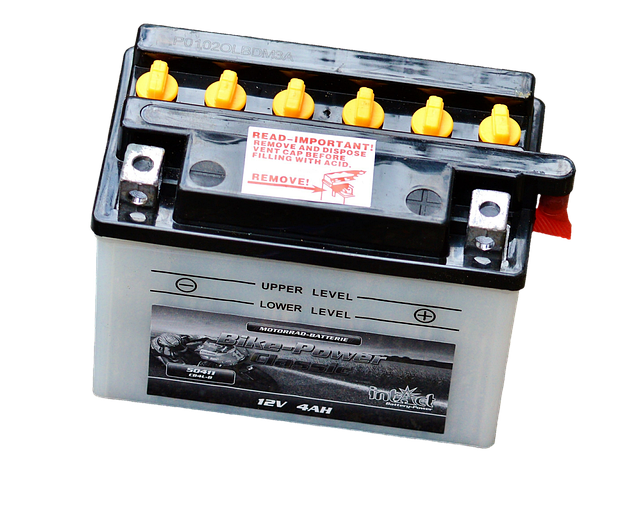The Silent Threat Electric Car Owners Must Know
Owning an electric car is more than just driving into the future — it’s about embracing a greener lifestyle, cutting fuel costs, and experiencing the power of innovation. But what happens when that futuristic vehicle sits idle for too long? The consequences of battery inactivity can be more damaging than many realize, especially for electric vehicle (EV) enthusiasts who cherish performance and reliability.
Battery Inactivity: The Hidden Drain
Unlike traditional car engines which depend on combustion and moving parts to generate power, electric vehicles rely on their batteries as the main powerhouse. These lithium-ion batteries are extremely efficient—until they aren’t. Prolonged periods of battery inactivity can lead to deep discharge, battery degradation, and permanent capacity loss. That amazing range you enjoyed when you first got behind the wheel could shrink, just because the car sat unused for a few weeks.
Experts in car service now routinely recommend proactive measures to prevent such damage. For example, it’s not just about plugging in your EV and leaving it there indefinitely. Smart charging practices, optimal storage temperatures, and periodic system checks are all essential to keeping that battery healthy and your car ready to roll.
What Happens Under the Hood?
When you think of car engines, wires and combustion pistons might come to mind. In electric cars, though, everything revolves around the battery system and its related car parts. Long-term inactivity not only endangers the battery—thermal systems, onboard chargers, and inverters can also suffer when left unactivated. These parts are designed to be in motion, drawing occasional current or interacting with digital diagnostics.
Modern electric cars come packed with smart electronics, but even the smartest systems can’t fight the slow drain of inactivity alone. Internal systems continue to run diagnostics, security protocols, and updates, all of which consume charge. Ignore this and you might return to a vehicle that won’t even boot up — a far cry from the seamless experience promised by EV marketing brochures.
A Surge in Awareness
Fortunately, the EV world is waking up to this problem. Car news outlets have begun highlighting the importance of battery maintenance, especially during colder months or extended periods of non-use like vacations or remote work transitions. Automakers are also stepping up, with updates that help preserve battery life during idle periods — from smart “deep sleep” modes to alerts reminding owners to check their vehicle’s status regularly.
Still, much of the responsibility rests with the car owner. Understanding battery inactivity isn’t just a tech-savvy flex — it’s a vital part of being a thoughtful, efficient EV driver. Regular check-ins, software updates, and a few smart habits can make all the difference between a high-performing battery and an early replacement bill that burns a hole in your eco-conscious wallet.




